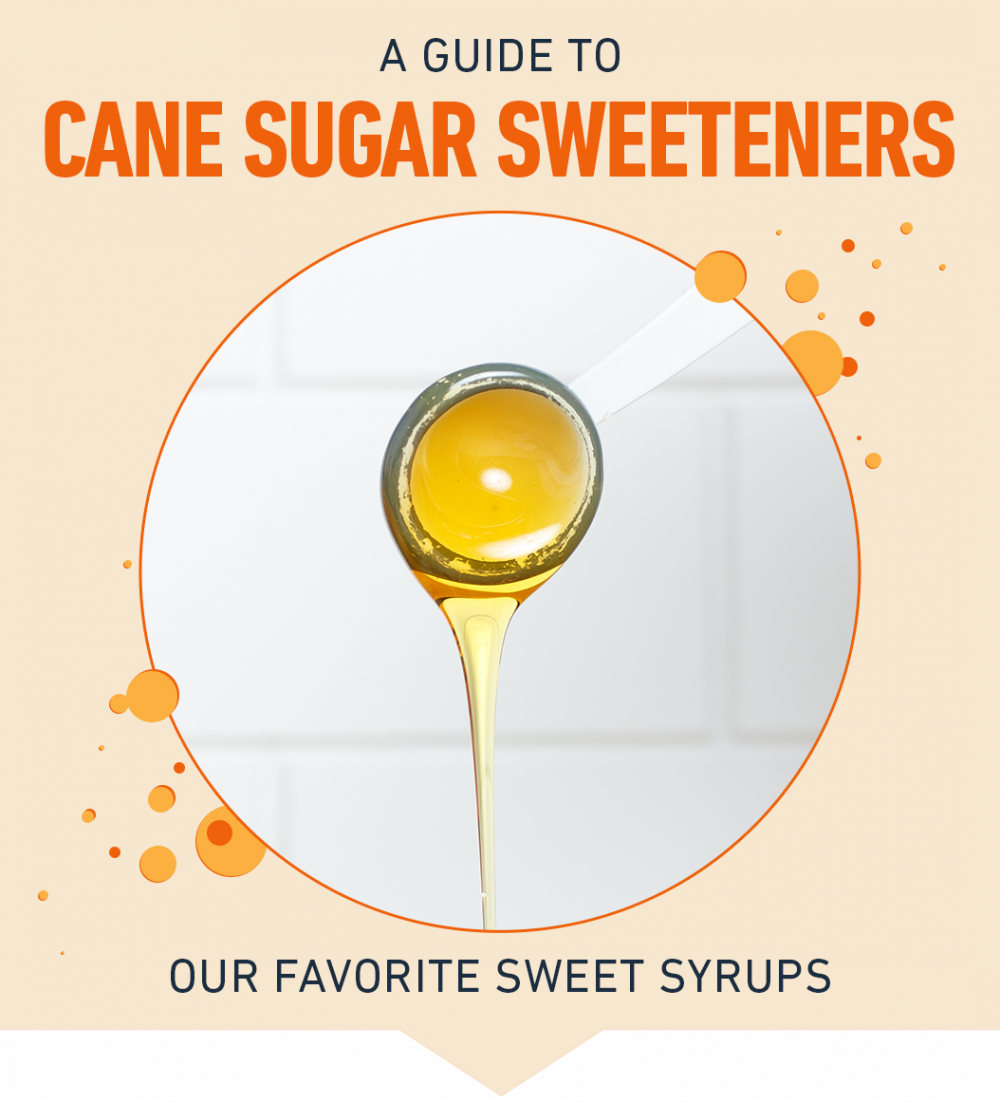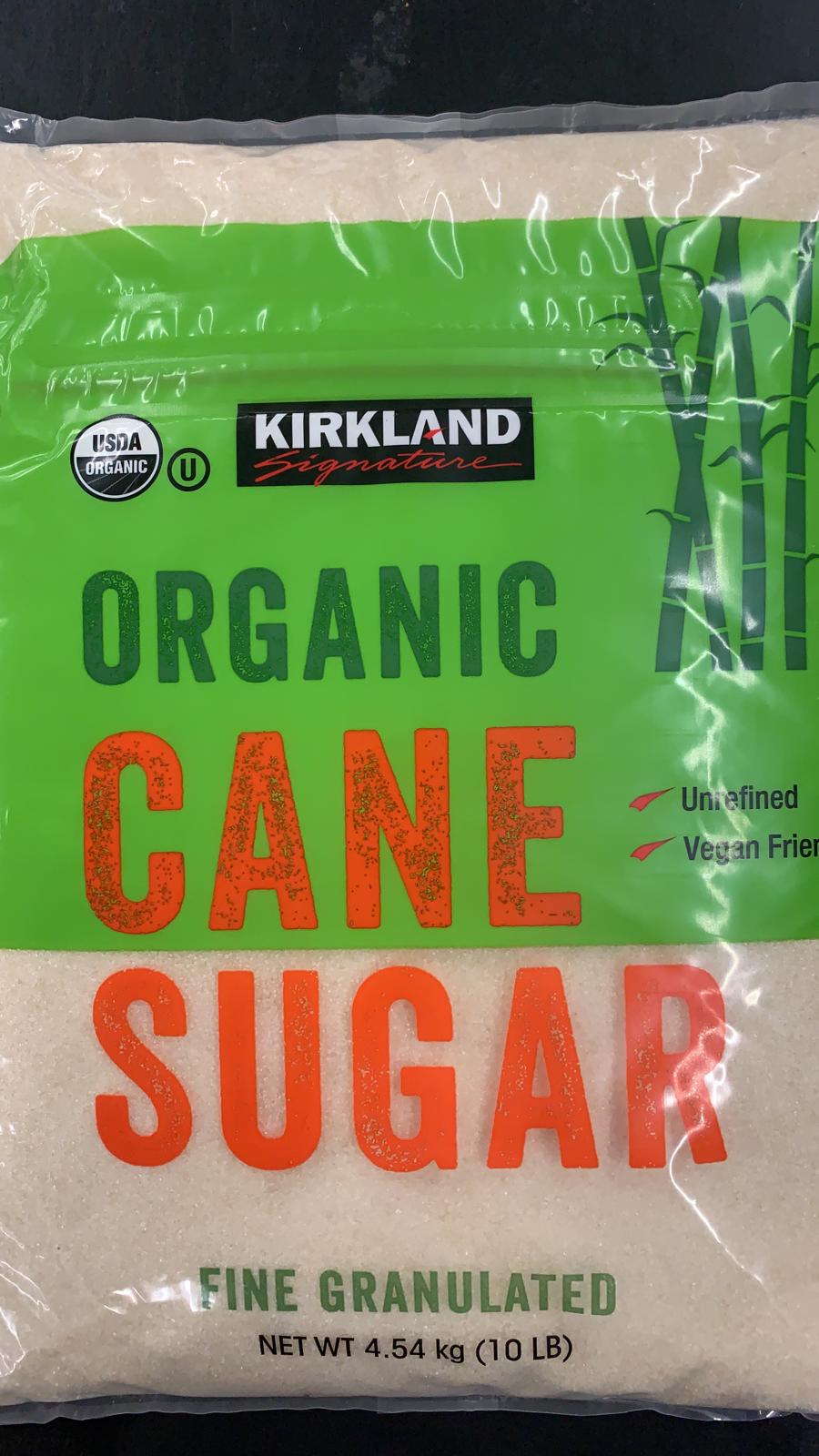Understanding Cane Sugar Processing: A Comprehensive Summary of the Stages
Understanding Cane Sugar Processing: A Comprehensive Summary of the Stages
Blog Article
An In-Depth Guide to the Environmental Impact and Sustainability Practices in Walking Stick Sugar Handling
The ecological influence of walking cane sugar handling presents a complicated selection of challenges that warrant cautious examination. From soil deterioration and too much water use to the carbon footprint related to cultivation and production, the effects of typical techniques are far-ranging. In contrast, the fostering of cutting-edge sustainability actions uses a pathway toward more accountable manufacturing techniques. Recognizing the interplay between these issues is vital for stakeholders in the market. What certain practices can be carried out to strike a balance in between efficiency and ecological stewardship? The responses exist in a closer check out both the difficulties and potential options.
Overview of Walking Cane Sugar Processing
Walking cane sugar processing entails a series of organized actions that transform sugarcane right into polished sugar. Initially, collected sugarcane is transported to processing centers, where it undertakes cleaning to eliminate dirt and particles. Following this, the walking cane is squashed to extract juice, which is after that cleared up by getting rid of impurities with home heating and the enhancement of lime.
The clarified juice goes through dissipation, where water is eliminated to focus the sugar content. This focused syrup is after that crystallized via cooling, enabling sugar crystals to create. These crystals are divided from the remaining syrup using centrifugation, leading to raw sugar. To attain refined sugar, the raw item undertakes additional purification processes, which might include filtering and washing to remove continuing to be pollutants and shade.
The final item is after that dried and packaged for circulation. Throughout this whole procedure, maintaining performance and high quality control is necessary to ensure the sugar meets sector standards. Each step in walking cane sugar handling not only adds to the end product yet likewise has effects for resource usage and waste generation, setting the stage for conversations on sustainability and environmental impacts connected with sugar production.
Ecological Obstacles of Manufacturing
The manufacturing of cane sugar offers several significant environmental obstacles that warrant focus. One main issue is the substantial usage of agrochemicals, consisting of pesticides and fertilizers, which can bring about dirt deterioration, biodiversity loss, and contamination of regional water resources. The drainage from sugarcane areas typically carries these chemicals into nearby ecosystems, interfering with water life and influencing the wellness of neighborhoods reliant on these water bodies.
Another difficulty is the high power intake related to sugarcane processing. The boiling and refining stages call for considerable warm, mostly generated by burning nonrenewable fuel sources, adding to greenhouse gas emissions. Additionally, the extensive acreage needed for sugarcane farming can lead to logging and habitat damage, further intensifying environment change and threatening wild animals.
Furthermore, the labor methods in some regions increase moral concerns, as employees may deal with inadequate working conditions and insufficient incomes. This situation commonly bolsters a cycle of destitution in local communities. Cane Sugar Processing. Addressing these environmental challenges is important for establishing a lot more lasting methods in walking cane sugar manufacturing, inevitably profiting both the atmosphere and the communities associated with this market
Water and Land Usage Impact
Water sources and land usage are critical elements in the walking cane sugar industry that significantly impact the environment. The farming of sugarcane requires substantial water input, with price quotes suggesting that it can consume as much as 2,000 liters of water per kg of sugar created. This intensive use of water typically causes depletion of regional water resources, affecting not only the sugarcane haciendas however also surrounding ecological communities and neighborhoods that count on the same water resources for agriculture and residential use.

Additionally, land use for sugarcane growing can result in deforestation and the conversion of natural environments into monoculture haciendas. This technique reduces biodiversity, interrupts local ecosystems, and adds to soil deterioration. The expansion of sugarcane fields typically intrudes on important agricultural land, producing competition for resources in between food and biofuel manufacturing.
Sustainable methods, such as optimizing watering methods and executing crop rotation, are important to alleviate these effects. By embracing extra efficient water usage and land administration techniques, the walking cane sugar sector can decrease its environmental impact, making certain an equilibrium between agricultural productivity and ecological preservation.
Greenhouse Gas Emissions
Greenhouse gas discharges represent a significant ecological concern within the cane sugar handling market, particularly as farming methods broaden to fulfill international need. The growing of sugarcane, a plant that prospers in tropical climates, relies greatly on synthetic plant foods and chemicals, which add to nitrous oxide discharges. In addition, land-use adjustments, including deforestation for new sugarcane vineyards, release co2 stored in vegetation and dirt.
Throughout processing, energy usage is an additional major source of greenhouse gas emissions - Cane Sugar Processing. Numerous sugar mills make use of nonrenewable fuel sources to power equipment and try here create warmth, leading to considerable carbon impacts. Moreover, the transport of raw sugarcane and finished products adds layers of emissions with gas combustion in cars
This includes evaluating existing farming techniques, processing approaches, and transport systems to determine locations for renovation and mitigation. Attending to greenhouse gas discharges is important for promoting an extra lasting walking stick sugar sector in an altering climate.

Sustainable Practices and Innovations
Sustainable methods and innovations are increasingly crucial in the walking stick sugar handling market as stakeholders seek to decrease ecological effects while keeping efficiency. One substantial improvement is the execution of integrated plant administration, which maximizes source use by combining dirt monitoring, parasite control, and crop rotation strategies. This approach boosts return while reducing chemical inputs and protecting dirt health.
Moreover, the fostering of renewable resource sources, such as biomass from sugarcane residues, has gained grip - Cane Sugar Processing. By transforming waste products right into power, processing facilities can decrease their reliance on nonrenewable fuel sources, thus reducing greenhouse gas emissions
Water administration methods have actually additionally seen enhancements through the recycling and reusing of water in processing plants, substantially decreasing freshwater usage. Advancements in technology, such as accuracy farming, make it possible for farmers to monitor plant wellness and source use better, making certain sustainable growing methods.
Furthermore, certification programs like Fair Profession and Jungle Alliance motivate environmentally liable farming practices and advertise social equity within the supply chain. By accepting these sustainable practices and developments, the cane sugar processing market can improve its durability and add positively to environmental stewardship.
Verdict
The ecological impact of cane sugar handling provides considerable obstacles, including dirt degradation, high water usage, and greenhouse gas discharges, alongside moral problems associated with labor techniques. Dealing with these issues through sustainable techniques, such as integrated crop administration, renewable resource fostering, and water recycling, is vital. By promoting environmentally liable and socially equitable techniques in sugar production, the sector can reduce its negative impacts, ensuring an extra lasting future for both areas and ecosystems associated with this industry.
Walking cane sugar handling involves a series of organized steps that change sugarcane right into refined sugar. Each action in walking cane sugar processing not only adds to the last product but additionally has effects for source usage and waste generation, setting the phase for conversations on sustainability and environmental influences connected with sugar production.
Greenhouse gas investigate this site emissions represent a considerable environmental issue within the walking stick sugar processing industry, especially as agricultural techniques increase to satisfy worldwide demand.Lasting methods and innovations are progressively essential in the cane sugar processing industry as stakeholders look for to decrease environmental impacts while maintaining efficiency.The ecological influence of walking stick sugar processing this contact form presents significant difficulties, consisting of soil degradation, high water usage, and greenhouse gas exhausts, along with ethical worries related to labor methods.
Report this page